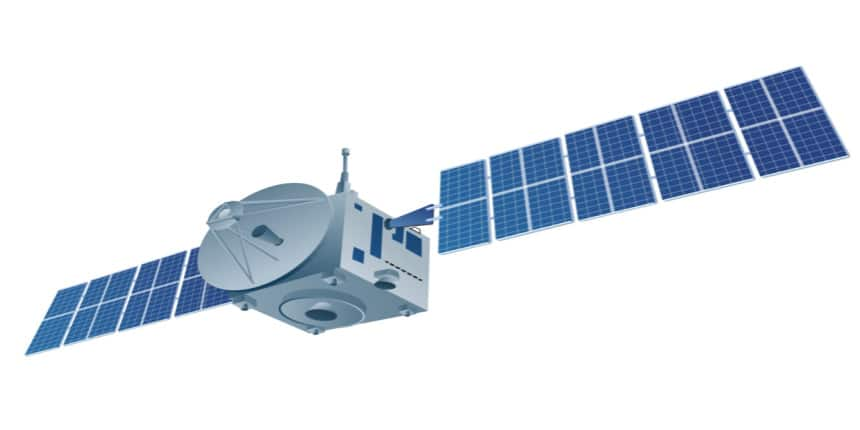PSLV and GSLV Full Form
What is the full form of PSLV and GSLV?
PSLV: Polar Satellite Launch Vehicle is abbreviated as PSLV. It is an extensible Indian launch vehicle that the Indian Space Research Organization (ISRO) created and operates. It is India's third-generation launch vehicle and the country's first satellite launch vehicle with liquid stages. To allow India to launch its Indian Remote Sensing (IRS) satellites into Sun-synchronous orbits, PSLV was created. Small satellites can also be launched using it into geostationary transfer orbit (GTO).

GSLV: Geosynchronous Satellite Launch Vehicle is abbreviated to GSLV. It is the satellite-launch vehicle that the Indian Space Research Organization(ISRO) has designed and used. Satellites and other equipment are launched into geosynchronous transfer orbits using this method. Eleven satellites have been launched by it to this point (July 2017). The most current satellite was launched on May 5, 2017, and the first satellite was launched in 2001.
Technical Specifications
PSLV is commonly named "the Workhorse of ISRO." It obtained this designation by constantly launching different satellites, such as the IRS series of satellites, into Low Earth Orbits. It can raise a capacity of up to 1,750 kg into 600 km-high Sun-Synchronous Polar Orbits. In order to increase the thrust in its PSLV-G and PSLV-XL versions in the first stage, it is loaded with six solid rocket strap-on motors. It is a four-stage launch vehicle that alternately employs solid rocket motors and liquid rocket engines, with the first and third stages using solid rocket motors.
GSLV stands 49 meters high. It is a three-stage launcher with a 414.75-ton liftoff mass. It has strap-on motors available; With its present setup, the GSLV can place a payload in orbit that weighs around 2500 kg (GTO). It can also launch cargo into low-Earth orbit with a maximum weight of 5 tonnes (LEO).
First Stage (GS1): Thrust is produced in this stage using the S-138 solid rocket motor equipped with four liquid engine strap-on motors. A maximum thrust of 4700 Kilo Newtons may be generated.
Second Stage (GS2): This stage makes use of the Vikas liquid rocket engine. In this stage, a maximum thrust of 800 Kilo Newton is produced.
Third Stage (CUS): A cryogenic engine is utilised in this step. Liquefied hydrogen and oxygen serve as the fuel for this engine. India's first cryogenic engine is CE=7.5.
Frequently Asked Questions (FAQs)
The GSLV family of rockets has launched 14 times as of August 12, 2021, with 8 successes, 4 failures, and 2 partial failures.
There are different variants of GSLV launch vehicles – GSLV Mk 1, GSLV Mk II, and GSLV Mk III.
Shri. S Somanath is the 10th Director of LPSC and an "Outstanding Scientist" grade engineer at ISRO. Before being assigned this position, he held the positions of Associate Director (Projects) of VSSC and Project Director for the GSLV Mk-III.
The 714 kg Cartosat-2 Series Satellite and 103 co-passenger satellites were successfully launched by ISRO's Polar Satellite Launch Vehicle in its thirty-ninth flight (PSLV-C37) this morning (February 15, 2017) from Satish Dhawan Space Centre SHAR, Sriharikota.
South Korea's SEOUL On November 26th, the nation's workhorse Polar Satellite Launch Vehicle (PSLV) rocket was used by India's space agency ISRO to launch a one-ton Earth observation satellite and eight nanosatellites into sun-synchronous polar orbit.